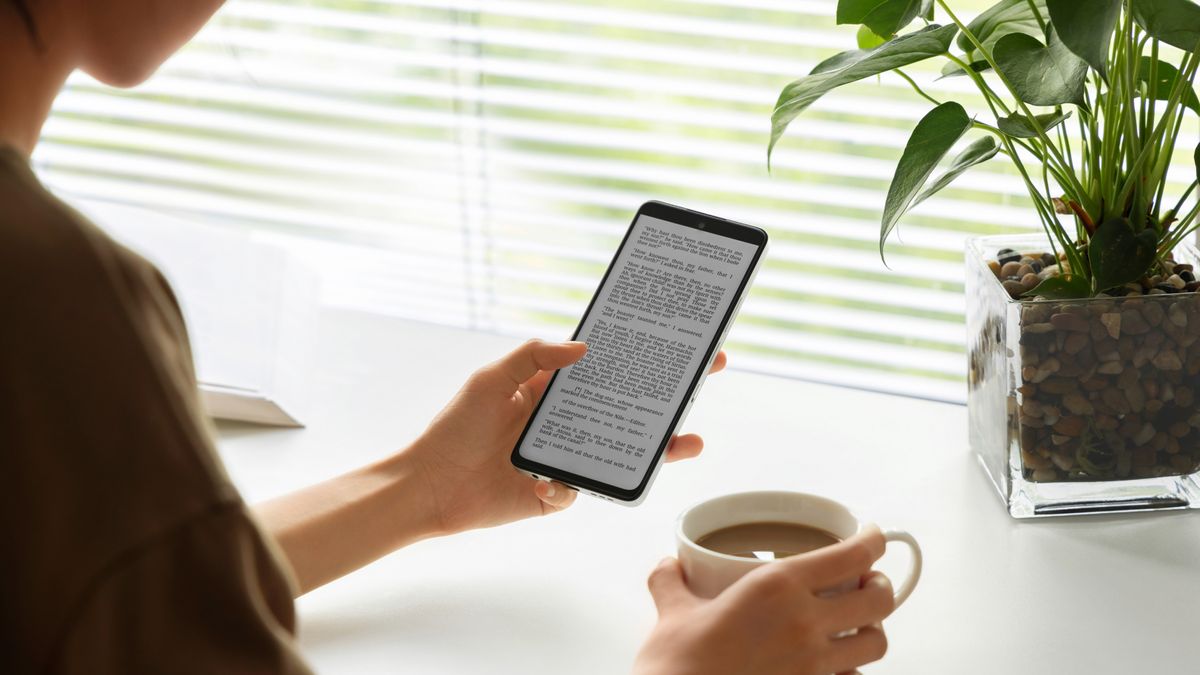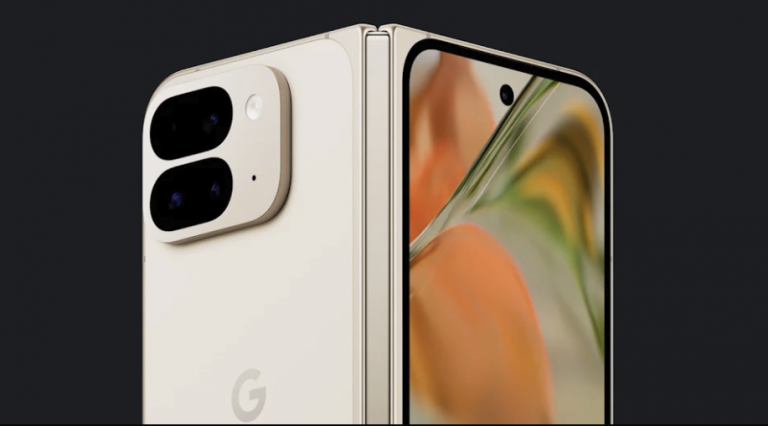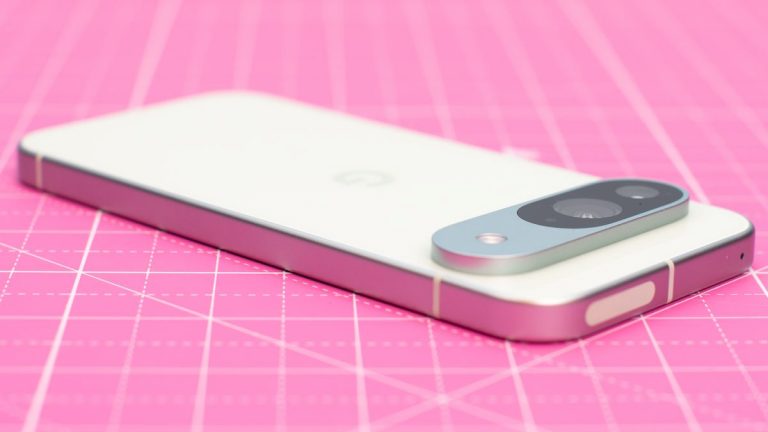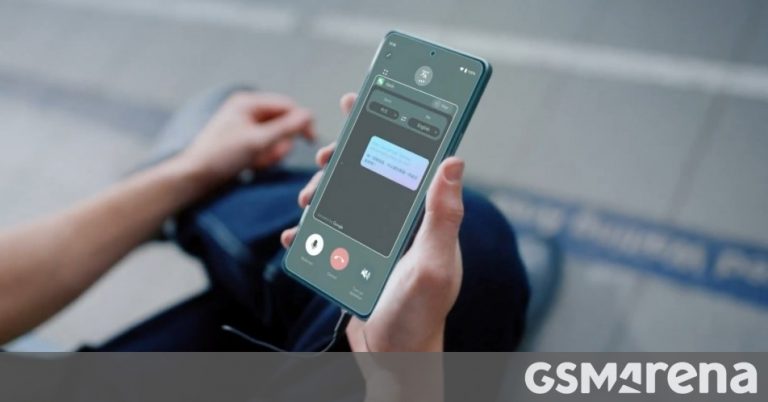Say Goodbye to Social Media Overload: Introducing TCL’s Mind-Healthy Smartphone

As we increasingly rely on our smartphones, it’s refreshing to see tech companies prioritizing our wellbeing. Take, for example, Nokia’s feature phones, marketed as a way to escape the constant temptation of social media. Similarly, Honor has released phones with eye protection technology to help reduce screen time.
TCL is taking it a step further with its new 50 Nxtpaper 5G and 50 Pro Nxtpaper 5G smartphones. These devices boast a 6.8-inch 1080 x 2640 anti-glare display with a 120Hz refresh rate, which adapts to lighting conditions to minimize blue light emission. But the real standout feature is the “Nxtpaper Key,” a physical switch that allows you to toggle between standard full-color e-paper and a Kindle-style reading mode dubbed “Max Ink.”
TCL claims that this Max Ink mode limits social media apps and notifications, encouraging users to focus on reading and other activities. The company is clearly targeting those who want to cut down on social media without sacrificing the functionality of a smartphone. But what exactly does “limits social media” mean? We’ve reached out to TCL for clarification.
The term “brainrot” has recently gained popularity, particularly on social media platforms, to describe the negative effects of excessive screen time. TCL may be capitalizing on this trend by offering a solution that promotes mindful use.
Despite the emphasis on responsible phone use, the 50 Nxtpaper 5G and 50 Pro Nxtpaper 5G are far from feature phones. They’re packed with impressive specs, including 8GB of RAM, 256GB of storage, a 108MP main rear camera, and a 5,010mAh battery with fast charging.
The Pro model ups the ante with 16GB of RAM, 512GB of storage, and a 32MP selfie camera. AI features are courtesy of a partnership with Microsoft, offering translation, voice memo transcription, and text summarization.
TCL has also launched a tablet, the Nxtpaper 14, which boasts a 14.3-inch 2400 x 1600 display and the same Max Ink capabilities as its smartphone counterparts. For now, none of these products have a confirmed US release date, so we’ll keep you updated on any developments.



